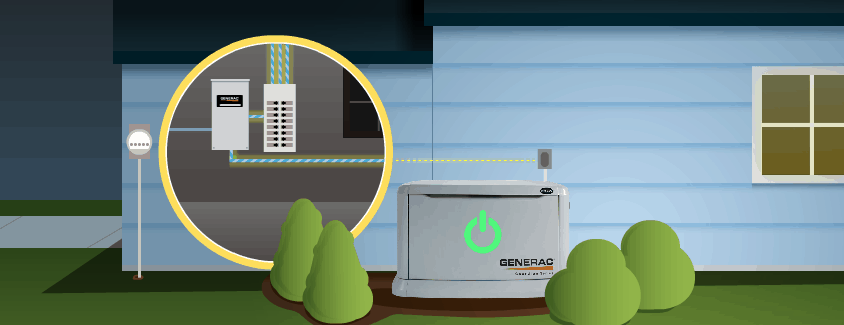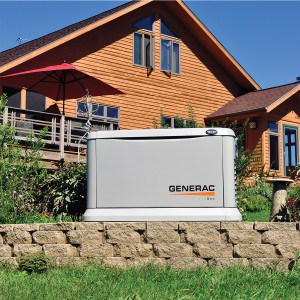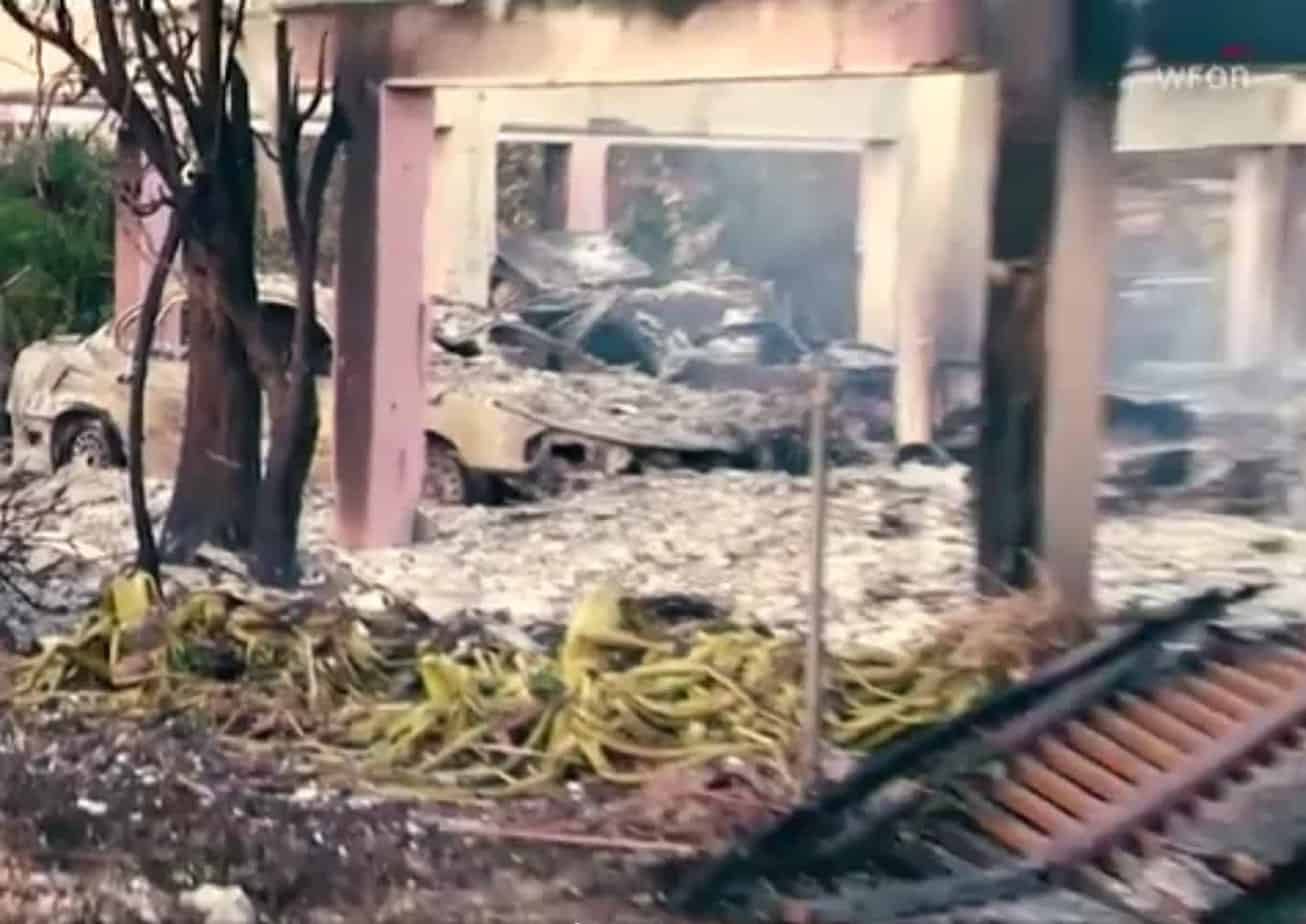A home represents one of the largest and most important investments that most people make. Improvements made over many years add to the property value. For most, paying the mortgage is probably the largest monthly expense they have. Protecting this very important and expensive investment is just as important, if not more, as any other long-term investment such as a retirement or college education fund.
For anyone who lives along or near the Atlantic Coast or Gulf Coast, hurricanes and tropical storms are a threat at all times of the year, but especially during the Atlantic Hurricane Season which runs from June 1st through November 30th. An average hurricane season produces somewhere between ten and fifteen named storms, with twelve or thirteen being the mid point. Storms are named when they are given Tropical Storm status.
Preparations to protect your home, family, and property take time. Once a storm forms and forecasters begin to predict the possibility of landfall, the window of opportunity begins to close as others who failed to prepare in advance purchase supplies and materials to protect their own homes and families.
Prepare now, before the hurricane season starts, to protect your home, property, and family.
Essentials
These essentials are considered must-have items. They become difficult or impossible to obtain once a hurricane threatens. Act now before the hurricane season arrives and the first storms begin to form.
Flood Insurance: Every year, it’s a sad fact that many homeowners are surprised to learn that their standard homeowners insurance policy does not cover flooding. If water enters a home from outside and causes damage, the insurance company will not pay for the damage caused by water unless the home is covered by flood insurance. Visit FloodSmart.gov for information and resources on obtaining flood insurance on your home and whether or not you live in an area prone to flooding.
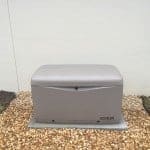 Generator: The Department of Homeland Security now lists a portable generator or standby generator as one of the essential items to purchase in advance to protect your home and family during the extended outages caused by a hurricane. With advance planning and preparation for safe use, portable generators can supply power for important circuits that power refrigerators, freezers, sump pumps, furnaces, or just to keep the lights on while preparing food. Standby generators are permanently installed and can power the same circuits or even the entire home.
Generator: The Department of Homeland Security now lists a portable generator or standby generator as one of the essential items to purchase in advance to protect your home and family during the extended outages caused by a hurricane. With advance planning and preparation for safe use, portable generators can supply power for important circuits that power refrigerators, freezers, sump pumps, furnaces, or just to keep the lights on while preparing food. Standby generators are permanently installed and can power the same circuits or even the entire home.
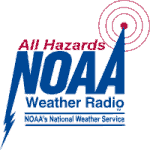 NOAA Weather Radio: As important as smoke detectors, NOAA Weather Radios operate on a specific frequency to obtain important information about dangerous weather. An alert tone will wake you up to notify you of approaching weather including hurricanes, tropical storms, tornadoes, and more. The alerts are specific to your area—a tornado in Oklahoma won’t trigger an alert on a radio in Florida. Purchase a unit that runs on batteries and include extra batteries for the radio in your emergency disaster kit.
NOAA Weather Radio: As important as smoke detectors, NOAA Weather Radios operate on a specific frequency to obtain important information about dangerous weather. An alert tone will wake you up to notify you of approaching weather including hurricanes, tropical storms, tornadoes, and more. The alerts are specific to your area—a tornado in Oklahoma won’t trigger an alert on a radio in Florida. Purchase a unit that runs on batteries and include extra batteries for the radio in your emergency disaster kit.
Tree & Home Maintenance: Keep trees trimmed of dead or broken branches and weak limbs. As winds increase, they become missiles aimed right at your home and high winds can send a branch right through a wall or roof. Fix loose rain gutters and other exterior home elements.
Structural Retrofit: After Hurricane Andrew, the State of Florida did extensive reviews and research to determine the reasons for the extensive damage to residential homes. New recommendations for improving existing homes is available on their website including ways to make it less likely that your roof will blow off during a hurricane.
Window and Door Coverings: Among the weakest structural points on a home are the windows and doors. Have storm shutters installed ahead of the season to save time and energy when a storm approaches. Another method calls for 3/4-inch plywood covers over all window, doors, and attic-space vents. Cut to fit, drill holes for wood screws that will extend well into the house framing, and mark each piece for fast and easy installation when a storm does approach.
Hurricane Warning Issued
 Warnings are issued when forecasters have determined that a hurricane is going to make landfall within 36 hours. As soon as a warning is issued, begin taking these steps.
Warnings are issued when forecasters have determined that a hurricane is going to make landfall within 36 hours. As soon as a warning is issued, begin taking these steps.
The First 12 Hours
- Keep the TV or Radio turned on to a local station that issues emergency news and listen for updates.
- Check your emergency kit. Restock any missing items including flashlights, batteries, first aid supplies, prescription medicines.
- Withdraw cash for emergency use and save it for after the storm has passed.
- Fill the car gas tank and refresh and top off portable generator fuel supplies.
- Start and run your generator to ensure it is working. A start and warm up now will make starting easier later on. A standby generator automatically exercises itself.
- Review your evacuation plans and share them with family. Keep cell phones charged up and have chargers that work off batteries or car outlets.
The Second 12 Hours
- If you are evacuating, finish these steps as quickly as possible and leave.
- Close your home’s storm shutters over the windows and door. Alternatively, install your prepared plywood coverings.
- Remove all loose and lightweight objects from your property and bring them indoors. Anchor items like propane tanks which are unsafe for indoor storage.
- Is that tree likely to fall on your house? If you’re capable, cut it down now.
While You Are Waiting
- Stay informed via television and radio, and local government websites.
- On your cell phone, bookmark the state, county, and city websites for access to evacuation notices and resource information.
- Keep your cell phones charged up. Remember that text messages are very reliable even when phone networks are overloaded and busy.
- If you are not evacuating, let family and friends know where you are.
- Set your refrigerator and freezer to their coldest settings and keep the doors shut. Once the power goes out, rely on stored food supplies.
Portable Generator Safety
An emergency generator for backup power is an essential, must-have item. It keeps your food from spoiling, your sump and water pumps operating, provides light and access to television and radio, and your heating and air conditioning systems working.
Ideally, a standby generator is the most efficient and safest way to power your home during and after a hurricane. If you can’t install a standby unit, use these guidelines to safely use a portable generator for power during an outage.
The best way to connect your home to a portable generator is through a manual transfer switch. A heavy-duty cord runs from the generator to the inlet box which connects to the transfer switch. After the power goes out, connect the generator and set the switch for generator power. Add loads one at a time using the sub panel circuit breakers.
Warning: Do not under any circumstances try to power your home by connecting the generator to an outlet. Back-feeding power from a generator is not only dangerous, but unlawful in many jurisdictions and you will be held liable if your generator causes injury or death due to back-feeding electrical power.
Place the generator at least 20 feet from the home and away from windows, doors, and vents or any other opening. Even a window open just a crack to allow the extension cord in can draw dangerous carbon monoxide into the home.
Never run a generator inside a home or other enclosed space. The exhaust fumes are lethal and can cause death in just minutes.
Don’t go outside to connect and start the generator in the midst of the storm. Tempting as it may be to get the power on, wait until the winds die down. Television images of news reporters make it seem easy to stand or work in the wind. The reality is that standing or working outside is extraordinarily dangerous due to flying debris.
Always shut off the generator and allow it to cool before refueling. This cool off period is a good time to check the oil. Once the engine has cooled for five to fifteen minutes, top off the gasoline and the oil as necessary.
After the Storm
Remember that even after the hurricane has passed, threats from inland flooding, heavy rain, and tornadoes still exist. Stay alert and tuned into local news and weather reports, and follow government agencies on their websites and social media for the latest reports and disaster relief efforts.
Resources
National Hurricane Center – Hurricane Preparedness

